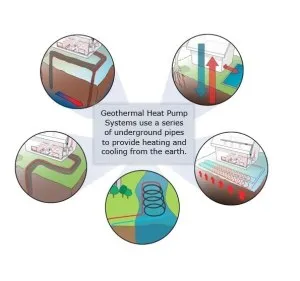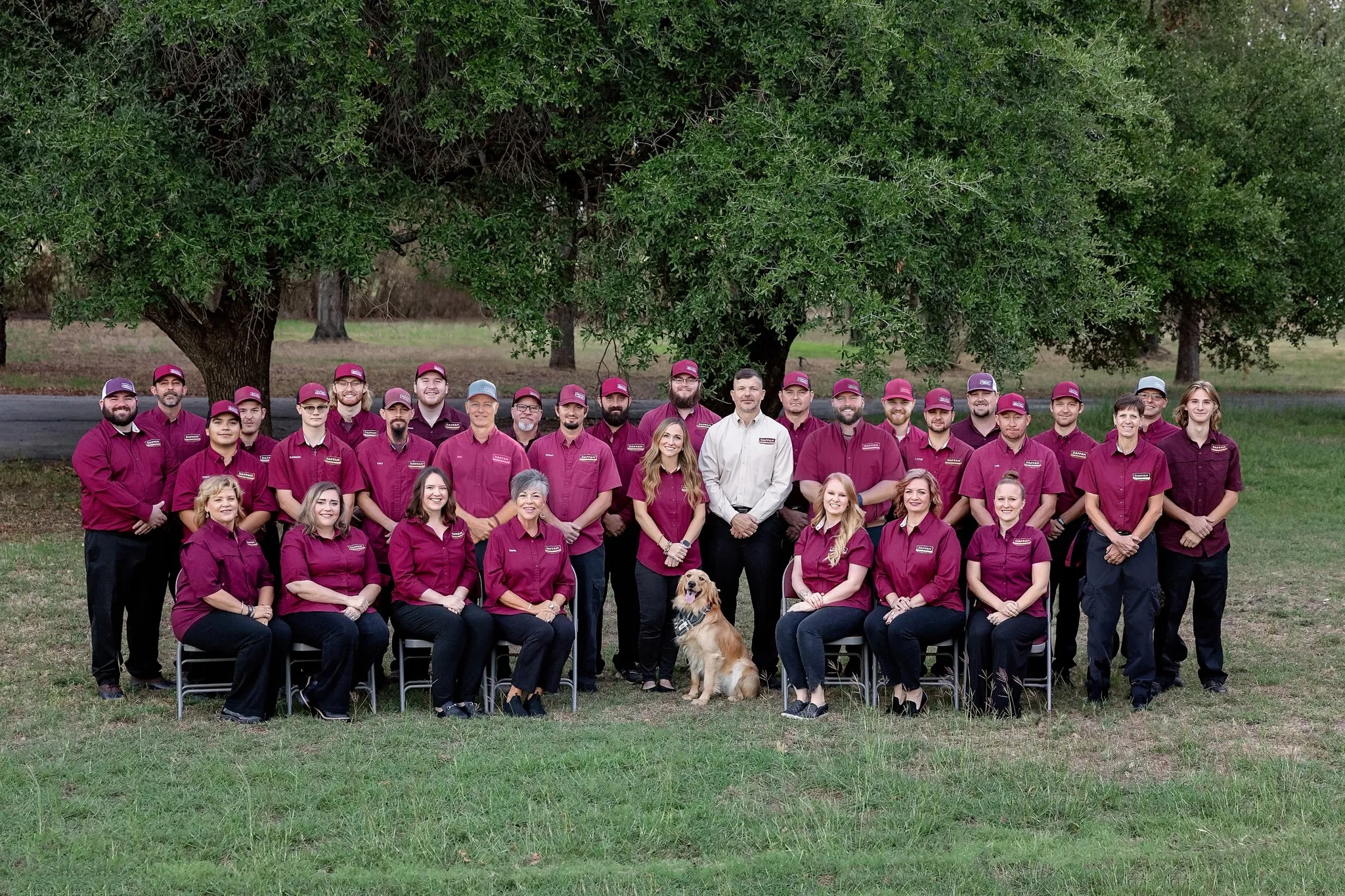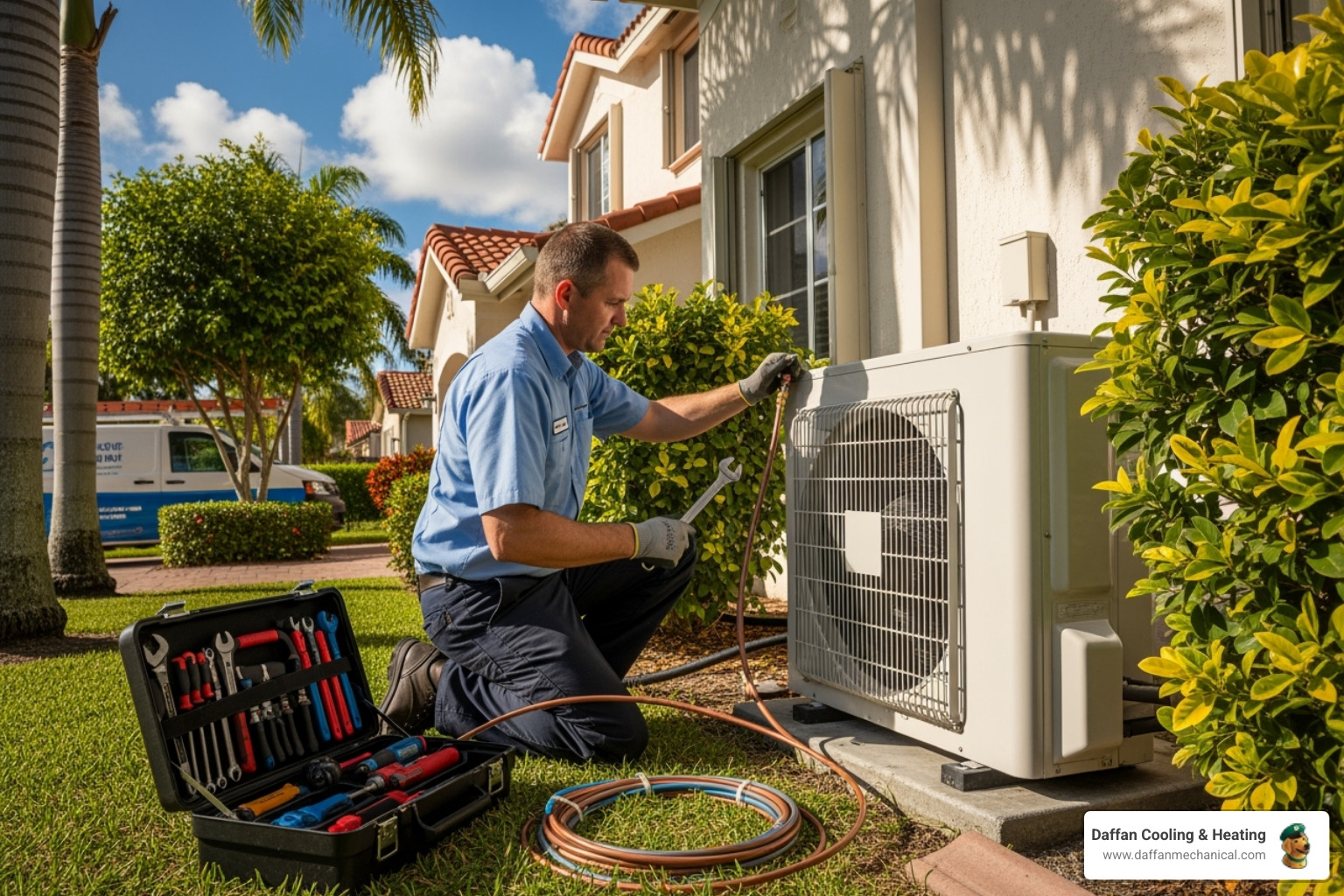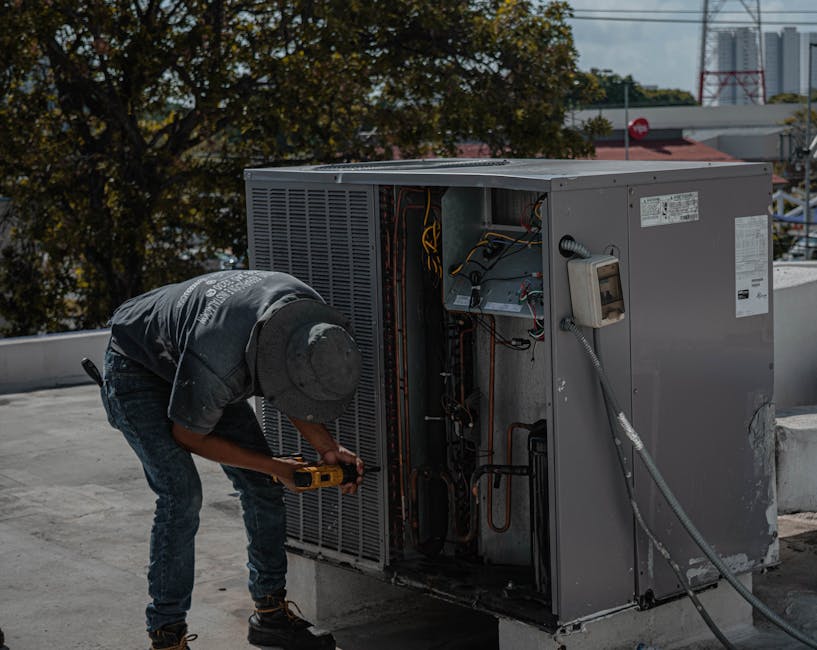Save Money & Energy with Eco-Friendly Geothermal HVAC Systems
If you are interested in improving the energy efficiency of your home or business while looking out for the environment, you should consider using geothermal technology for heating and cooling.
Geothermal heat pumps don’t need to burn fossil fuels to work. Instead, they use a series of underground pipes to tap nature’s heat below the surface of the earth to heat rooms and water systems. To cool your home in the summer, geothermal systems transfer heat back to the ground. In this case earth essentially acts as a “heat sink” or heat reservoir, because the ground is generally cooler than the ambient air in the summer.
The Department of Energy’s largest science and energy laboratory, the Oak Ridge National Laboratory, recently conducted a study of a number of geothermal heat pump projects and compared the technology to traditional HVAC systems. The lab found that geothermal systems save 33% to 65% in energy use and reduce CO2 emissions by 25% to 65% compared to baseline HVAC systems.
The lab also presented its “best case” scenario, envisioning a United States where all single-family homes replaced their traditional HVAC systems with “properly designed, installed, and operated state-of-the-art geothermal heat pump systems.” If this were to happen, the lab says the country could reap the following benefits:
- A reduction of more than 270 million metric tons of CO2 emissions (a 45% reduction) from existing U.S. homes.
- Savings of more than $50 billion in energy (a 48% reduction).
- A reduction of 216 gigawatts in summer peak electrical demand (a 56% reduction).
These are some eye-opening numbers, and definitely some food for thought. As you begin to plan your home projects for 2016, definitely give geothermal heating and cooling systems a close look. Your energy savings over time will likely offset the initial cost of the systems, particularly when you consider the 30% federal tax credit available for systems installed in new or existing homes by Dec. 31, 2016.





